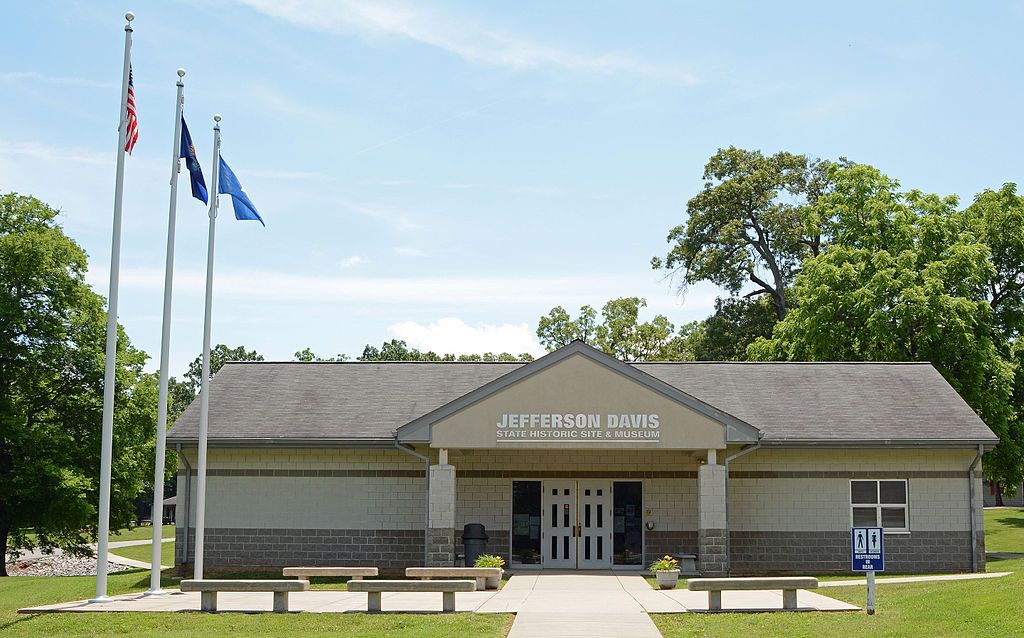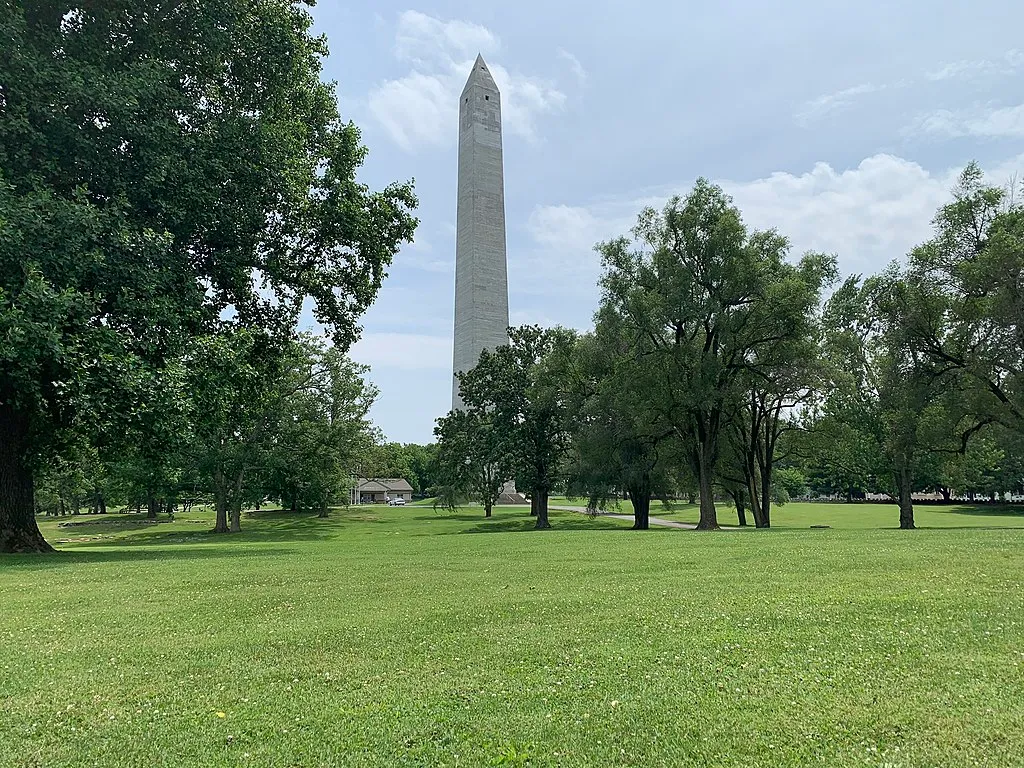In the Western Kentucky town of Fairview stands a majestic pyramid-topped obelisk, constructed on a foundation of solid Kentucky limestone and reaching 351 feet above the ground. It is the fifth-tallest such structure in the United States, and the tallest unreinforced concrete structure in the world.
It is also a monument that pays tribute to a traitor who turned his back on his nation and participated in the death of 620,000 of his countrymen in our nation’s bloodiest conflict.
We’re talking, of course, about Jefferson Davis, the Kentucky-born President of the Confederate States of America.
When I was a student at Western Kentucky University, I took odd pride as I drove past the towering structure on U.S. 68 through Fairview and on to Bowling Green, the so-called Confederate Capital of Kentucky. As a young white man, I viewed the monument as a historical piece of work that brought some attention to Kentucky as the birthplace of Davis. I never paused to think how Black people might feel at seeing such an ostentatious memorial built on the birth site of a man who sought to keep their great-great-grandfather enslaved. To me, at that time, it all seemed like ancient history — blood under the bridge.
My attitude toward the Civil War began to change about 15 years ago. I had always been proud that Kentucky remained a Union state and I felt even more pride when I learned that my great-great-grandfather, Philip Marion Wolfe, died fighting for the Union at the Battle of Shiloh — among 1,754 Union soldiers and 1,728 Confederates who dies in that battle.
The war wasn’t a historic artifact anymore, but an ongoing entity that shaped the history of the nation, including Kentucky – and on a personal level, my ancestral family. Philip left behind not only his widow, Mary Wolfe, but also a baby son, Philip Clarence Wolfe. They faced a hardscrabble life, depending on relatives for support. I sometimes wonder how my family would have fared if not for Jefferson Davis and his war.
Multiply that pain by the hundreds of thousands of families broken apart by the war, and then consider that even that pain doesn’t begin to compare with the suffering that slavery caused Black Americans, both then and still today.
With that and the attention that monuments of Confederate leaders have gotten in recent years, I regret the misplaced pride I once felt in the monument. Now I feel only shame and anger.
I think it’s time that we take a closer look at how we treat Jefferson Davis, and the Kentucky monument that honors him.
The idea for the monument sprang from Confederate general Simon Bolivar Buckner, Sr., another Kentucky-born traitor who proposed the idea of a monument for Davis during a 1907 reunion of the First Kentucky Brigade, a group of military units recruited from the Kentucky Brigade of the Confederate Army. Construction began in 1917 but was paused in 1918 because of World War 1. Construction resumed in January 1922 and was finished in 1924 at a cost of $200,000 (over $3 million in today’s dollars).

Today, the monument is part of the Jefferson Davis State Historic Site, along with a picnic area, playground, museum, and gift shop. The site provides such middle-American fun and entertainment that it almost makes one forget the person the site glorifies and whitewashes: a man who was not honorable and patriotic — despite efforts to make him seem so — but was instead a traitor to his country and the perpetrator of death and suffering for so many.
So, what do we do? I don’t think the monument needs to be toppled. The goal isn’t to erase history, but to use history – to reflect on the evils of the past and the role of our native sons in perpetuating it. Plaques and the adjacent museum’s displays should be updated as straightforward historical accounts of Jefferson’s deed and misdeeds. Neither he nor Kentucky’s Confederate soldiers should be romanticized.
Let’s redesign and rename the historic site in a way that neither honors nor denounces Jefferson Davis, but recognizes his true role in history. Let us have a site that commemorates the sacrifices and deaths of both military and civilians – and most of all, the Black people who were hurt by slavery.
--30--
A guest post by Bill Wolfe.







